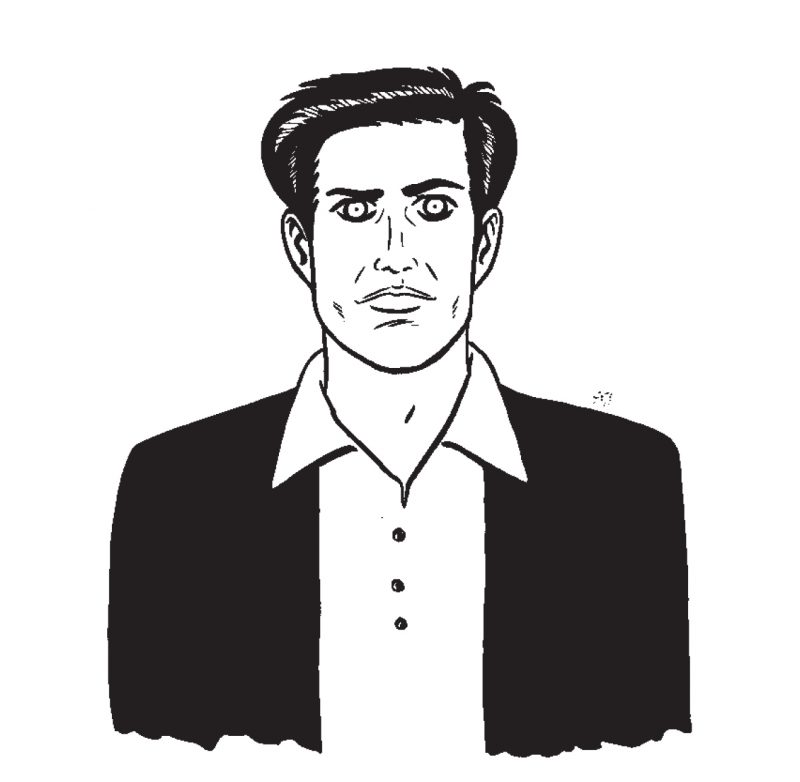In the days after Sept. 11, amid the flood of absurd emails about Nostradamus predicting the terrorist attacks, and anti-Semitic conspiracies about Israel’s role in the disaster, many of us received a URL from a friend or a co-worker imploring us to click. The Web address was complicated and unfamiliar, and brought us to a page of comics starring mechanical-looking office workers discussing the war in Afghanistan.
From the opening panel, proclaiming “Oh yeah! Operation: Enduring Freedom is in the house!” many of us knew we had stumbled upon something important. In those days, when magazine editors were proclaiming irony dead and TV funnymen were asking whether it would ever be OK to laugh again, these clip-art anti-heroes articulated our collective angst and confusion, and made many of us laugh out loud for the first time in weeks.
The URL circulated quickly, and it wasn’t long before life was imitating clip art. People around my office began to greet each other in the language of the strip. “Hey buddy, how are you enduring your freedom?” It became short hand for the barrage of bad news coming from the morning’s headlines, and the never-ending rattle of cable news.
The style of David Rees’s Get Your War On mimics the message—the mundane clip art juxtaposed with the shocking, over the top language captures the absurdity most of us felt going about our everyday lives. It speaks simultaneously to the quiet rage and anxiety many felt over Sept. 11, the helplessness to stop the trip to hell in a handbasket we seemed to be taking together, and the catharsis that comes with having a laugh in the throes of calamity.
But Rees also manages to maintain perspective. The diffidence of his characters allow them a certain clarity that is so easily lost in the chest-pumping rhetoric that surrounds tragedy and war. His characters proclaim, “Oh my god, this war on terrorism is going to rule. I can’t wait until the war is over and there’s no more terrorism.” And they give us this on the new Bush Doctrine: “If you’re not with us you’re against us, huh? I like it—so nice and simple. When do we start bombing Western Europe?”
The strip felt less urgent as the war in Afghanistan faded. As life returned to normal, Rees’ work reverted to the absurdism of his previous strip, My New Fighting Technique is Unstoppable. But as President Bush faced the nation, discussing the virtue in liberating Iraq from the oppression of Saddam Hussein, our foul-mouthed counterparts were there to provide the commentary. “Once this is over, the Iraqi people better be the freest fucking people on the face of...
You have reached your article limit
Sign up for a digital subscription and continue reading all new issues, plus our entire archives, for just $1.50/month.
Already a subscriber? Sign in





